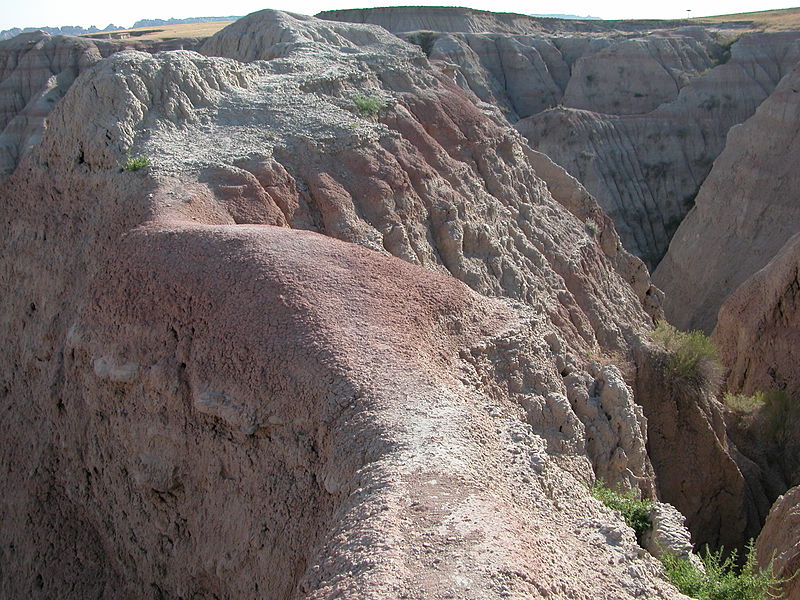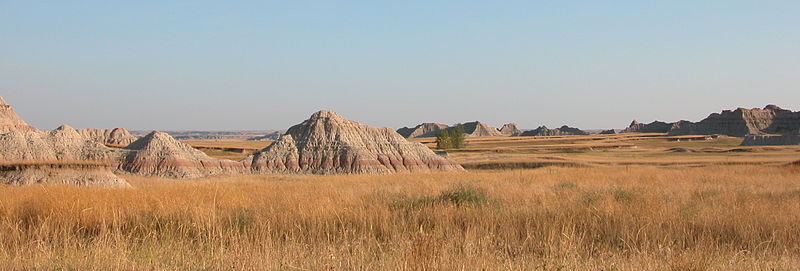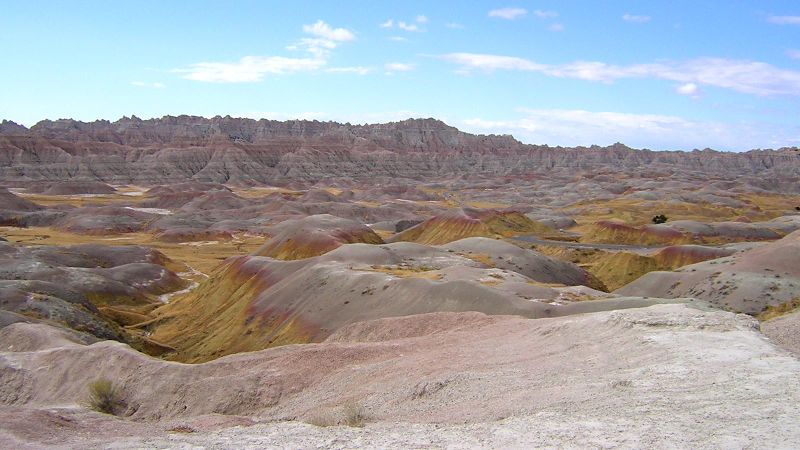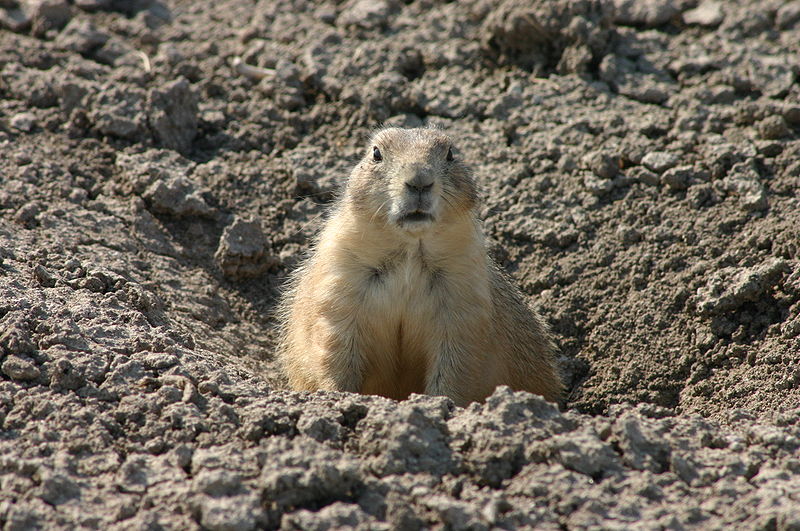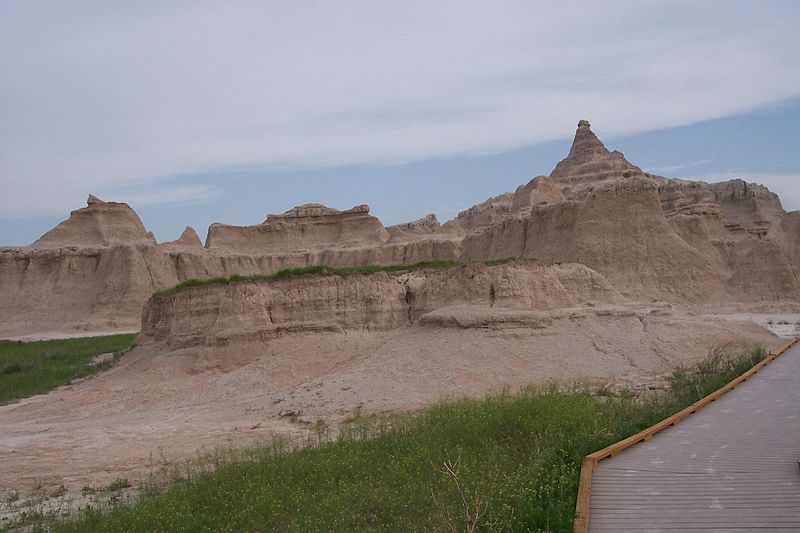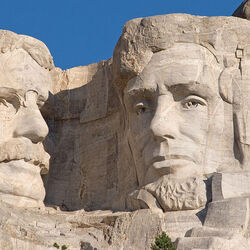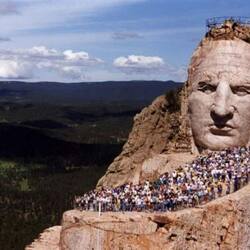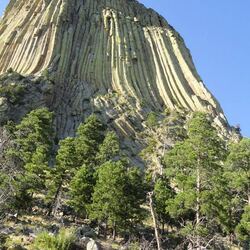Badlands National Park
Badlands is a national park in the United States, located in the state of South Dakota. The park was founded in 1978 on an area of 942 km2. The name translates as "bad lands", and the landscapes of the park only enhance the effect. Gloomy panoramas of barren mountains and sharp-edged ridges are cut through by impassable ravines and narrow gorges. A large number of cliffs create gloomy landscapes reminiscent of the barren nature of distant planets. This is especially noticeable in the Sage Creek wasteland, where the rocks change colors from yellow-orange to golden-red, depending on the lighting.
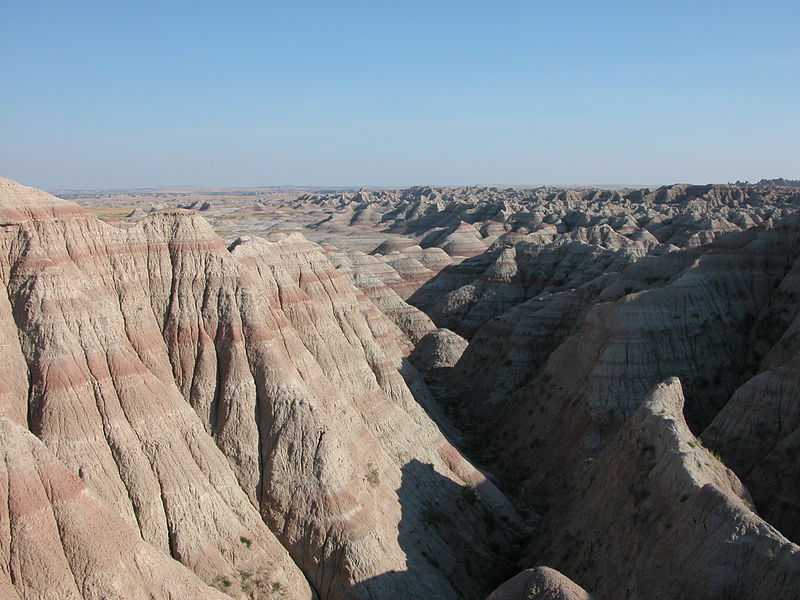
The formation of an unusual landscape
The territory of the Badlands National Park is located on a plateau that was formed 80 million years ago and occupies an area of 15,500 km2. There used to be a shallow lake here, but 65 million years ago the movements of the earth's crust formed the Rocky Mountains, and this area was affected, which is why the bottom of the sea rose. An immense swampy savannah appeared, which, drying up, formed hilly prairies. But the drainage continued, and eventually the lush valley became a gloomy desert.
Gradually, strong winds dragged away the light rocks, revealing the remains of ancient fossil animals. In the Badlands National Park, you can find fossils of reptiles and fish that lived more than 23 million years ago. These lands were once inhabited by a saber-toothed tiger, a three-toed horse, and a camel.
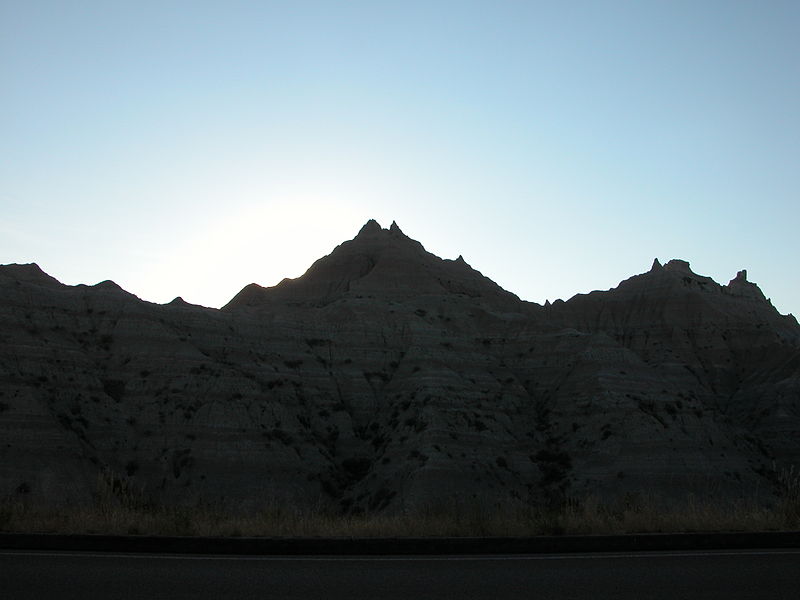
Sioux Indians used to come here in search of furry animals and a place where they can be sold. They traveled south along the Missouri River and near the White River their trek almost stopped. The Indians have entered the "lost places." They found this place very hostile to humans. There was a frightening emptiness all around, the heat made it difficult to move quickly, and the situation was aggravated by summer rains, which turned the clay into an impassable viscous slurry.
Flora and fauna in Badlands Park
Although the landscape looks uninhabited, it serves as a refuge for a few plants and animals. here you can meet caiotes, hares, rattlesnakes and gopher snakes, rodents. Plants have a hard time getting used to the lands of the Badlands, as everything can change here in an instant. Nevertheless, there are areas with vegetation on the borders of the Badlands, where the weather is not so harsh. Bison grass and thermopsis grow here, which serve as food for bison. Prairie dogs build houses in the fields, but in fact they are rodents that break through real cities underground with special rooms that serve as bedrooms, toilets, canteens. There are trees and shrubs growing here: junipers, red cedars, yellow willows, wren. Of the animals in the Badlands, it is worth noting: antelope, bighorn sheep, bison.
Erosion in the park is constant, with heavy rains hitting the Badlands in June, which forms an extensive network of rivers. These rivers erode ravines, raise the soil, and the water passing through the rocks will fall into the gorges, taking with it light rocks. Streams of stones and clay rush into the White River, and flow through it into the Missouri. Every year, the rocks are thinning by about 15 cm.
